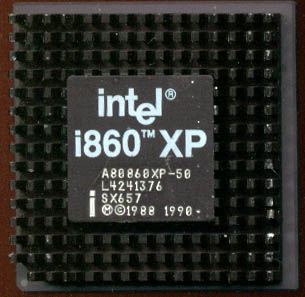

Microprocessor Museum of CPU History for Intel CPUs, AMD Processor History, Cyrix Microprocessors, Microcontrollers and more.
Total CPU's: 2342
Total Manufacturers: 32
Total EPROM's: 23
80860 > IntelA80860XP-50
|
|

|
Modified: April 23, 2005, 8:35 pm
|